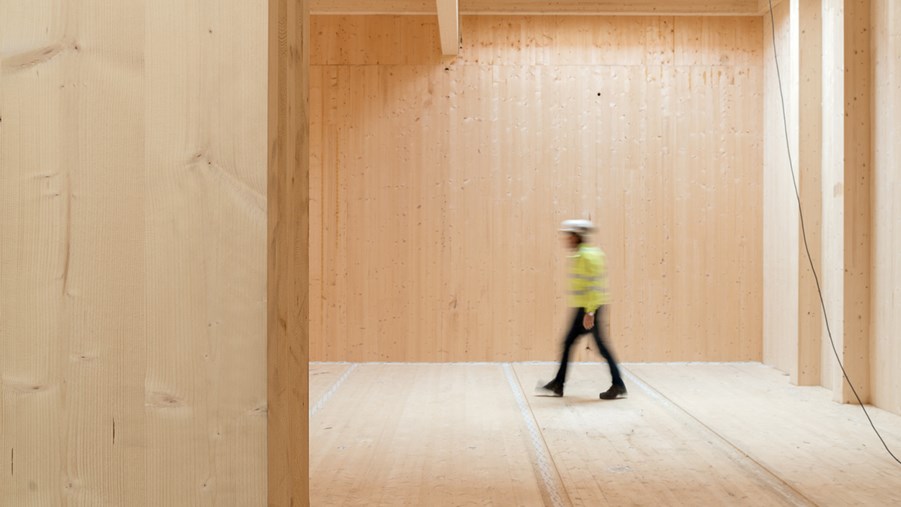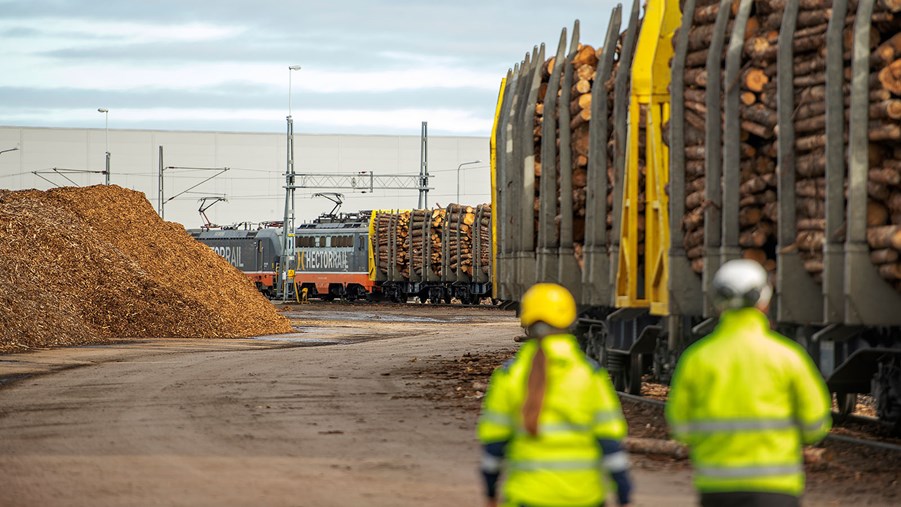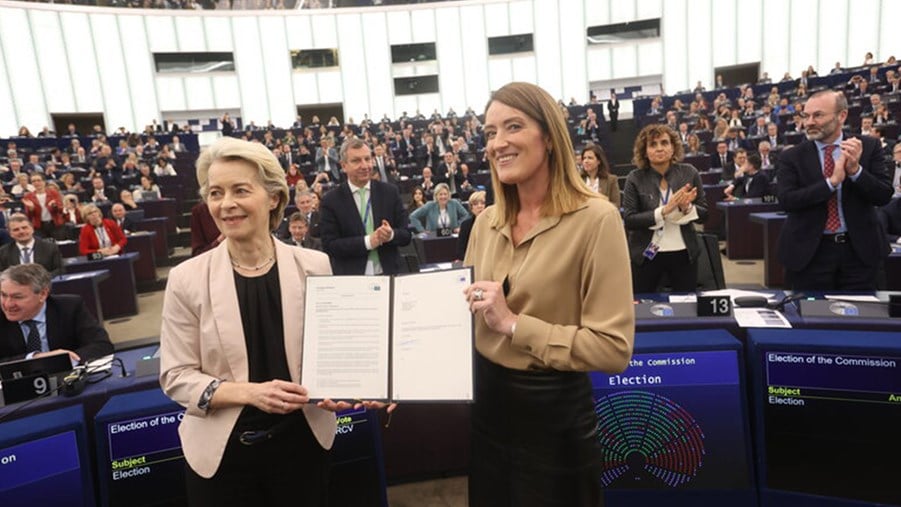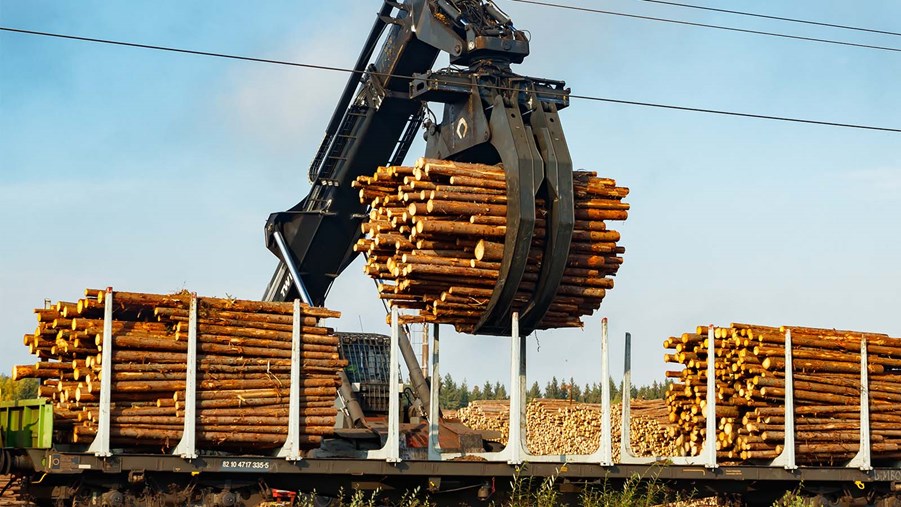
Biogenic carbon originates from organic matter and is part of the natural carbon cycle, in which plants absorb carbon dioxide (CO2) through photosynthesis. While CO2 is the same molecule irrespective of where it comes from, on a systems level, there is a considerable difference between carbon released from fossil sources and that released from biogenic sources.
Carbon from fossil sources has been trapped under ground for millions of years, and when it is released, it immediately increases the CO2 concentration in the atmosphere. This is not the case for biogenic CO2 that originates from sustainably grown biomass because the carbon that is released is equivalent to the amount of carbon the organic matter has previously absorbed.
Sweden’s forest-based industries fully support the EU’s 2030 and 2050 climate goals. Currently, the Swedish forest-based sector’s contribution to global climate improvement is equivalent to offsetting 97 million tonnes of CO2 annually, including forest growth and wood-based products.
This impact is a combination of the net carbon absorption of Swedish forests, the reduction of fossil emissions in the sector’s production value chains, and the further reduction of emissions when wood-based products are used as substitutes for fossil-based alternatives, such as cement, steel, plastic, and fossil fuel combustion. Given that approximately 65 per cent of Sweden’s wood products are sold on the EU Single Market, a significant proportion of the climate benefit is experienced beyond Sweden, benefiting the entire Union.
Steps towards this goal include:
- Increased annual carbon sequestration in forests and the introduction of BECCS/CCU.
- Increased annual substitution by replacing fossil materials.
- Progress towards zero fossil emissions from Sweden’s forest industries.
To achieve this, a supportive policy framework is needed that seeks to:
- Maintain a strong focus on fossil emission reduction measures.
- Keep biogenic and fossil emissions separate in reporting and policy objectives.
- Reflect the full climate benefit of sustainably managed forests and wood-based products by recognising carbon sink and substitution effects as equally important.
- Acknowledge the key contribution of renewable materials by setting a substitution goal for materials.
- Initiate a broad debate, including all relevant stakeholders, on EU climate policy setup after EU ETS.
- Introduce sustainability criteria for products, including those based on fossil resources or those with a fossil footprint.
- Stimulate voluntary investment in BECCS/BECCU.
- Ensure that carbon removal and its incentives cannot be used to avoid fossil emission reductions.
- Establish a science-based definition for renewable carbon that clearly acknowledges its key characteristics compared to fossil carbon.






